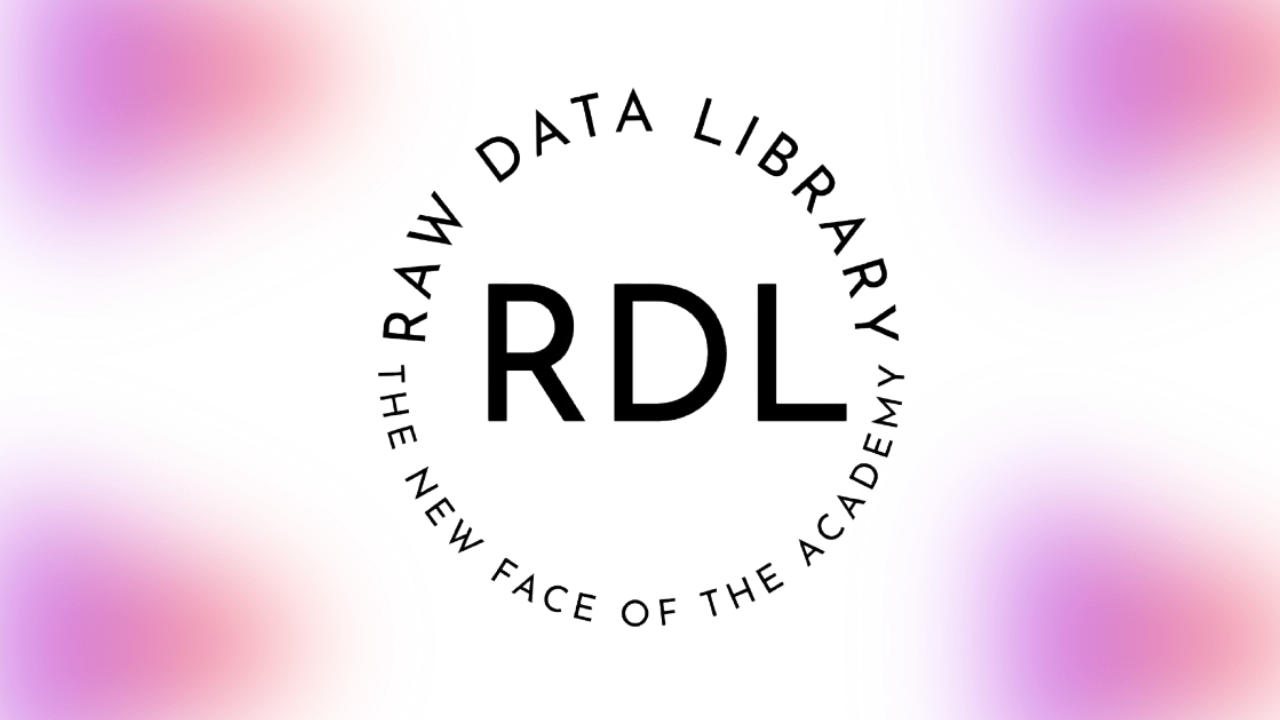Design, Synthesis, and Fungicidal Activity of α-Methylene-γ-Butyrolactone Derivatives Bearing a Diphenyl Ether Moiety
Abstract
The gamma-butyrolactone scaffold, commonly present in natural products and bioactive compounds, has played a crucial role in the development of novel pesticides. In this study, a series of alpha-methylene-gamma-butyrolactone derivatives containing a diphenyl ether moiety were designed and synthesized using the scaffold splicing strategy. Bioassays revealed that several target compounds demonstrated potent fungicidal activities, particularly against Phytophthora capsici and Valsa mali. Notably, compound B7 (EC50 = 0.809 mg/L) exhibited the highest antioomycete activity against P. capsici, outperforming famoxadone (EC50 = 41.0 mg/L) but being less effective than dimethomorph (EC50 = 0.180 mg/L). Meanwhile, compound C22 (EC50 = 1.47 mg/L) showed the strongest antifungal activity against V. mali, which was higher than those of famoxadone (EC50 = 1.80 mg/L) and dimethomorph (EC50 = 13.6 mg/L). In vivo experiments confirmed that compound B7 has satisfactory protective and curative effects against P. capsici, which were better than those of famoxadone. Additionally, compound B7 was found to inhibit sporangia formation, zoospore release, and cystospore germination of P. capsici at 10 mg/L. Physiological and biochemical studies indicated that compound B7 can induce changes in the mycelial morphology of P. capsici, increase cell membrane permeability, and modulate respiratory metabolism. Furthermore, both in vitro enzymatic inhibition assays and molecular docking analysis suggested that the primary mechanism of action of compound B7 may involve binding to complex III on the respiratory chain. This work provides valuable insights for the development of alpha-methylene-gamma-butyrolactone derivatives incorporating a diphenyl ether moiety as novel agricultural fungicidal agents.
























